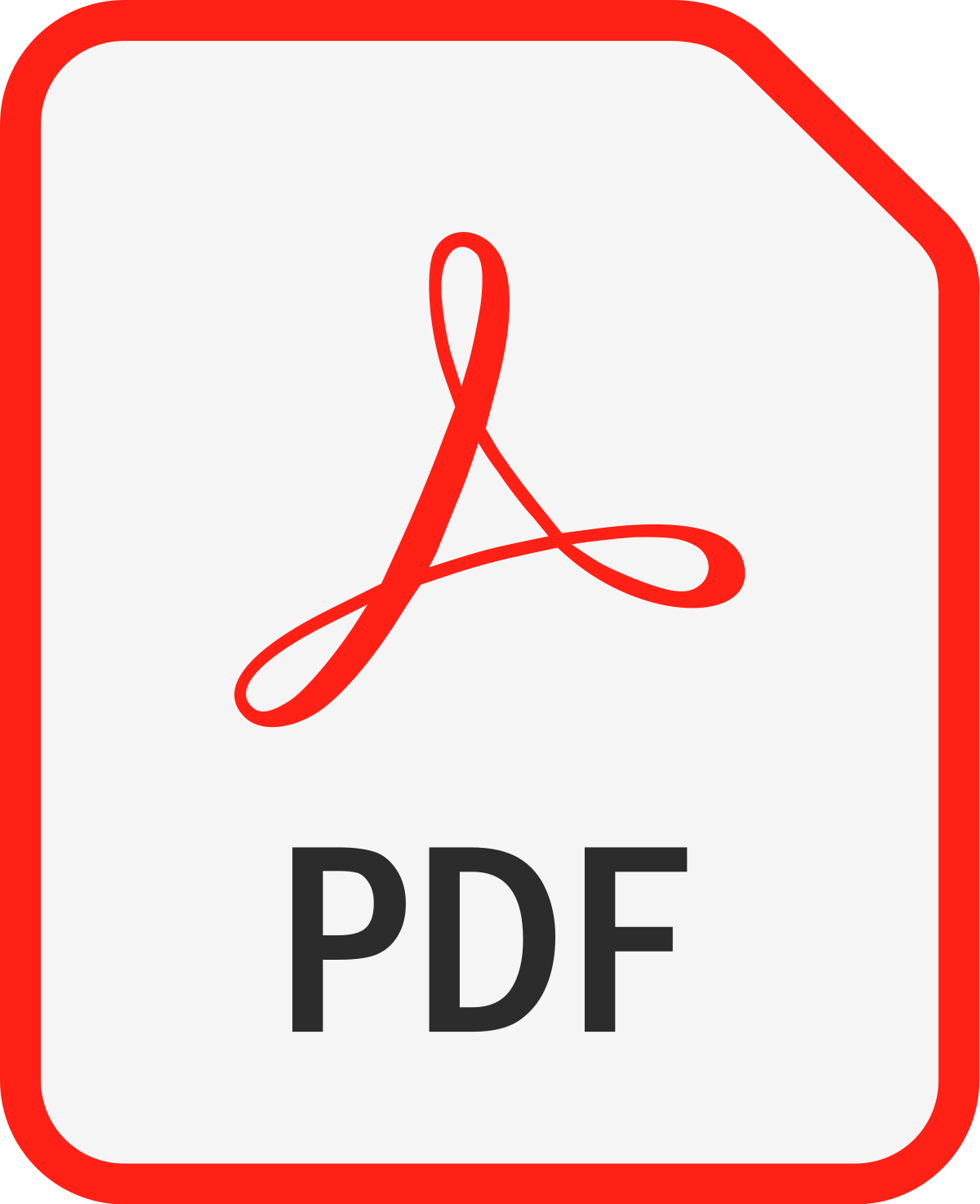Home > CSC-OpenAccess Library > Manuscript Information
EXPLORE PUBLICATIONS BY COUNTRIES |
 |
| EUROPE | |
| MIDDLE EAST | |
| ASIA | |
| AFRICA | |
| ............................. | |
| United States of America | |
| United Kingdom | |
| Canada | |
| Australia | |
| Italy | |
| France | |
| Brazil | |
| Germany | |
| Malaysia | |
| Turkey | |
| China | |
| Taiwan | |
| Japan | |
| Saudi Arabia | |
| Jordan | |
| Egypt | |
| United Arab Emirates | |
| India | |
| Nigeria | |
Design for A Network Centric Enterprise Forensic System
Hongye Zhong, Jitian Xiao
Pages - 196 - 207 | Revised - 31-07-2015 | Published - 31-08-2015
MORE INFORMATION
KEYWORDS
Network, Forensic, Information Security, Enterprise.
ABSTRACT
Increased profitability and exposure of enterprise’s information incite more attackers to attempt exploitation on enterprise network, while striving not to leave any evidences. Although the area of digital forensic analysis is evolving to become more mature in the modern criminology, the scope of network and computer forensics in the large-scale commercial environment is still vague. The conventional forensic techniques, consisting of large proportion of manual operations and isolated processes, are not adequately compatible in modern enterprise context. Data volume of enterprise is usually overwhelming and the interference to business operation during the investigation is unwelcomed. To evidence and monitor these increasing and evolving cyber offences and criminals, forensic investigators are calling for more comprehensive forensic methodology. For comprehension of current insufficiencies, this paper starts from the probes for the weaknesses of various preliminary forensic techniques. Then it proposes an approach to design an enhanced forensic system that integrates the network distributed system concept and information fusion theory as a remedy to the drawbacks of existing forensic techniques.
| "Digital Data Acquisition Tool Test Assertions and Test Plan". (2005). NIST, 1-47. | |
| "The Computer Forensic Process an Overview". (n.d.). (Gobal Digital Forensics) Retrieved from Gobal Digital Forensics: http://evestigate.com/the-computer-forensic-process-anoverview | |
| Das, S. (2008). High-Level Data Fusion. Artech House Inc. | |
| Dubois, D., & Prade, H. (2003). "Possibilistic Logic: a Retrospective and Prospective View". Elsevier, 3-22. | |
| EC-Council. (2009). Computer Forensics Investigating Data and Image Files. EC-Council Press. | |
| EC-Council. (2009). Computer Forensics Investigating Network Intrusions and Cyber Crime. EC-Council Press. | |
| EC-Council. (2009). Computer Forensics Investigating Wireless Networks and Devices. EC-Council Press. | |
| Edwards, G., & Chan, P. (2010). "First Draft of our Forensic Workflow". Retrieved from Born-Digital Program @ Stanford University Libraries: http://lib.stanford.edu/digitalforensics-stanford-university-libraries/first-draft-our-forensic-workflow | |
| Hunt, R., & Slay, J. (2010). "Achieving Critical Infrastructure Protection through the Interaction of Computer Security and Network Forensics". IEEE, 23-30. | |
| Hunt, R., & Slay, J. (2010). "The Design of Real-Time Adaptive Forensically Sound Secure Critical Infrastructure". IEEE, 328-333. | |
| Klein, L. A. (2004). Sensor and Data Fusion - A Tool for Information Assessment and Decision Making. SPIE. | |
| Kubi, A. K., Saleem, S., & Popov, O. (2011). "Evaluation of Some Tools for Extracting eEvidence from mobile Devices". IEEE, 1-6. | |
| Marturana, F., Me, G., Berte, R., & Tacconi, S. (2011). "A Quantitative Approach to Triaging in Mobile Forensics". IEEE, 582-588. | |
| Meghanathan, N., Allam, S. R., & Moore, L. A. (2009). "Tools and Techniques for Network Forensics". IJNSA, 1004.0570. | |
| Mesbahi, M., & Egerstedt, M. (2010). "Graph Theoretic Methods in Multiagent Networks". Princeton University Press. | |
| Naqvi, S., Dallons, G., & Ponsard, C. (2010). "Applying Digital Forensics in the Future Internet Enterprise Systems - European SMEs’ Perspective". IEEE, 89-93. | |
| Naqvi, S., Dallons, G., & Ponsard, C. (2010). "Protecting Corporate ICT Infrastructures by using Digital Forensics". IEEE, 255-258. | |
| Philipp, A., Cowen, D., & Davis, C. (2009). Hacking Expose Computer Forensics. McGraw Hill. | |
| Pladna, B. (2008). "Computer Forensics Procedures, Tools, and Digital Evidence Bags: What They Are and Who Should Use Them". East Carolina University. | |
| Russell, S. J., & Norvig, P. (2009). AI: A Modern Approach 3rd. Prentice Hall. | |
| Shahbazian, E., Rogova, G., & Valin, P. (2005). Data Fusion for Situation Monitoring, Incident Detection, Alert and Response Management. IOS Press. | |
| Sivaprasad, A., & Jangale, S. (2012). "A Complete Study on Tools and Techniques for Digital Forensic Analysis". IEEE, 881-886. | |
| Thing, V. L., Chua, T.-W., & Cheong, M.-L. (2011). "Design of a Digital Forensics Evidence Reconstruction System for Complex and Obscure Fragmented File Carving". IEEE, 793797. | |
| Torra, V., & Narukawa, Y. (1998). Modeling Decisions - Information Fusion and Aggregation Operators. Springer. | |
| Vacca, J. R. (2005). Computer Forensics Computer Crime Scene Investigation 2ed. Charles River Media. | |
Mr. Hongye Zhong
School of Computer and Security Science
Edith Cowan University
WA
6050 - Australia
prayeratnight@hotmail.com
Dr. Jitian Xiao
School of Computer and Security Science Edith Cowan University WA 6050, Australia - Australia
|
|
|
|
| View all special issues >> | |
|
|



